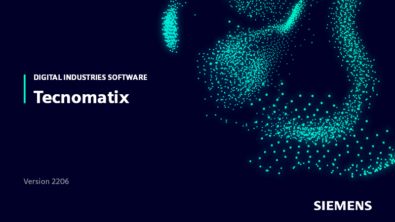Digital Twin (Part 3)

Konecranes is a different example of the power of IoT to help companies offer improved pricing models, gain access to new customers and segments and raise the bar of competition. The company manufactures cranes and machines with sensors attached to detect various signs of wear and tear. They transmit the information back to the Konecranes support center over the internet. Leveraging this real-time ‘visibility’ allows the company to offer advantageous predictive maintenance contracts. Customers that sign up get Konecranes technicians sent to their work sites to perform on-time tune-ups and minor repairs before any work-stopping issues arise. The extra fee is worth it to forestall the need of sending cranes or machines for major repairs or even for preventative maintenance, keeping them onsite instead and working much more of the time. This business model puts Konecranes ahead of its competition who are out of the picture once they’ve made the sale.
Zvi also discussed new possibilities of IoT in some areas of advanced robotics:

And he touched on the IoT empowerment of integrated mechatronics engineering, enabling a unified environment for mechanical, electrical and automation line design. Zvi also talked about the IoT advantages for composite materials manufacturing: from tracking inventory shelf life expiration, to cutting, layup and autoclave curing of material with the high degree of precision required in this industry.

Connecting digital (additive) printing to the factory can help manufacturers hold down the high costs of creating and over-stocking spare parts which otherwise become hard to acquire as models are discontinued over time. With this solution, the shortage of a part triggers an order to the 3D printer to create it and then deliver it back to the warehouse, as the need arises. Could delivery by drone be far away?

To sum it up…
Zvi summarized the changes now happening within the digital enterprise in his last slide:

In this new revolution, industry, healthcare and household operations increasingly rely on automation systems to run their processes and find solutions to be able to continue to thrive in the face of change. Here are some of the transformations going on in the foreground and background as a result:
- Today there are 5-6 billion computers, including smart phones that are connected over the internet, but that number is beginning to skyrocket. It will reach perhaps 50 billion thanks to other devices that are also connecting: TVs, wearables, sensors (even home thermostats), refrigerators and many more.
- IP address format will have to be modified to accommodate the exploding number of devices, each requiring unique identification.
- Infrastructure of the internet itself is being hugely enlarged to keep up with new data transfer capacity needs.
The Digital Twin is compelling for its ability to extract business value from big data. This massive information is streamed over the internet (IoT) by onboard devices in the automation systems. It’s then run through the Digital Twin’s advanced data analytics tools, providing insight and clear options for optimizing industrial processes in light of disruptive change. And best of all, it can empower ‘prophet-able’ decision-making to succeed in the uncertainty of future market demands.


